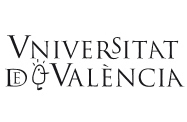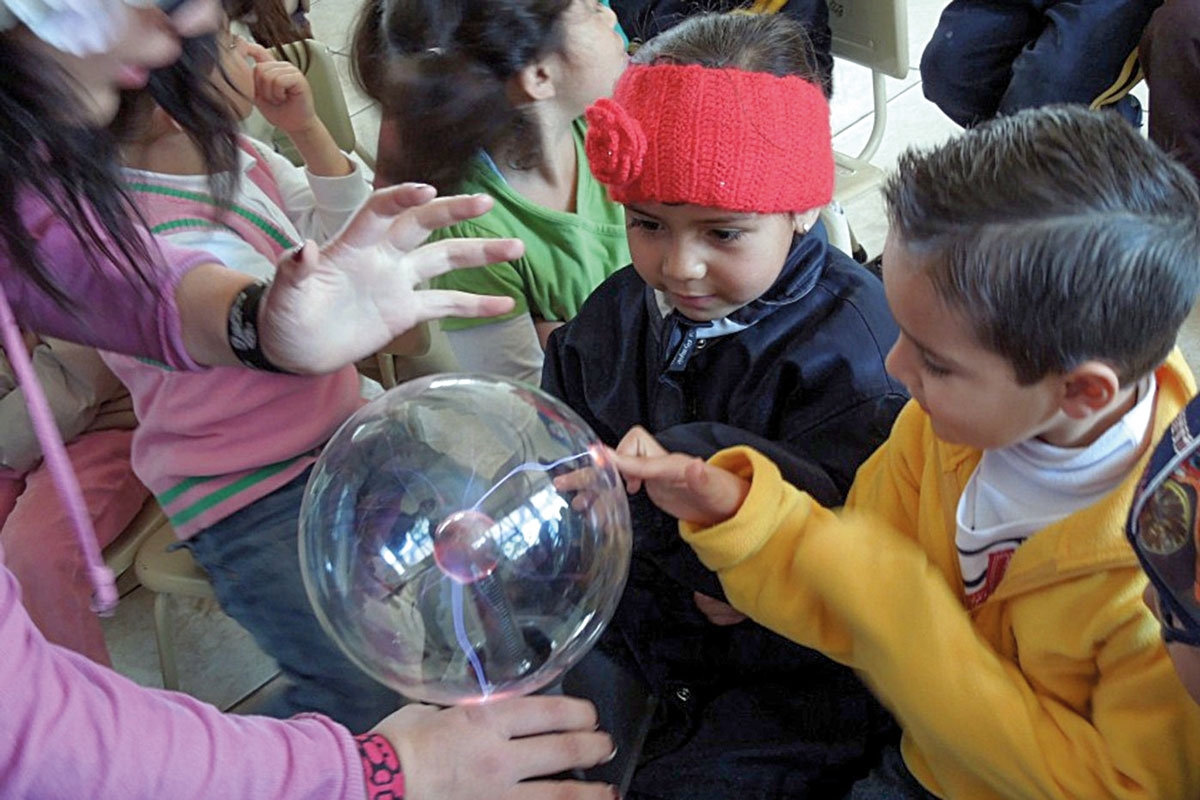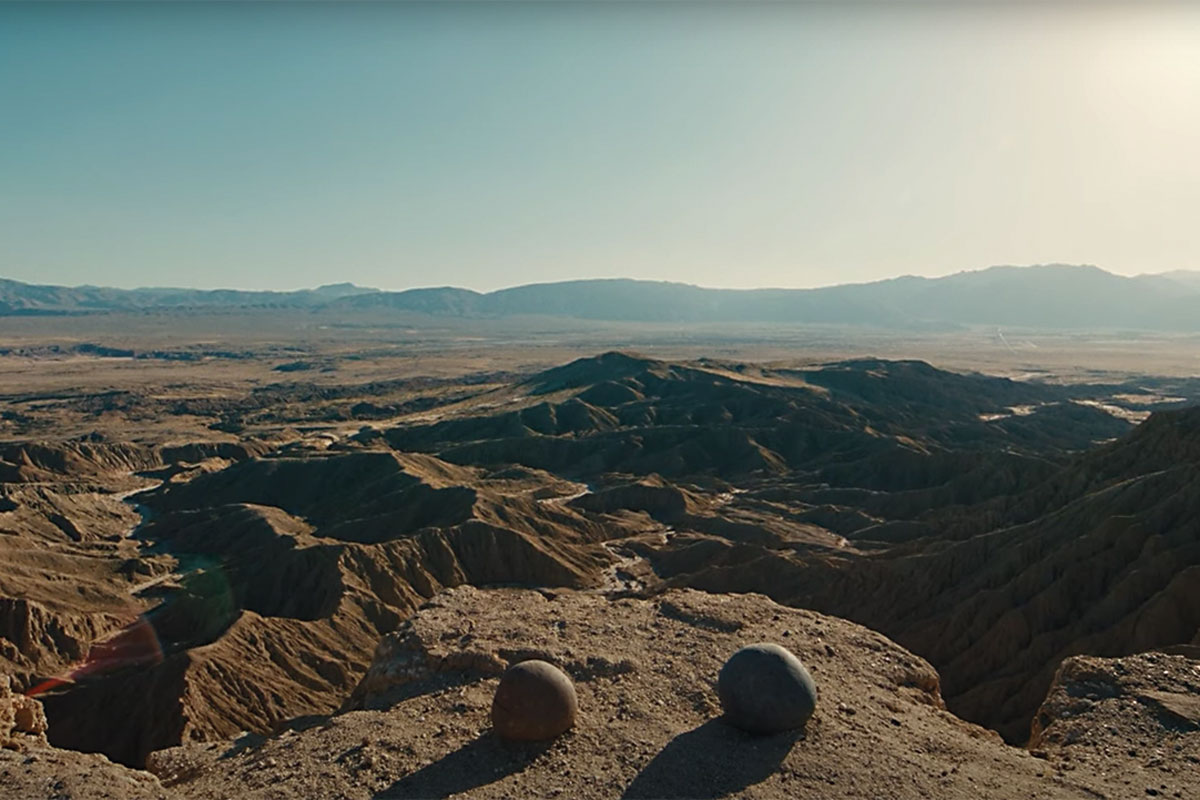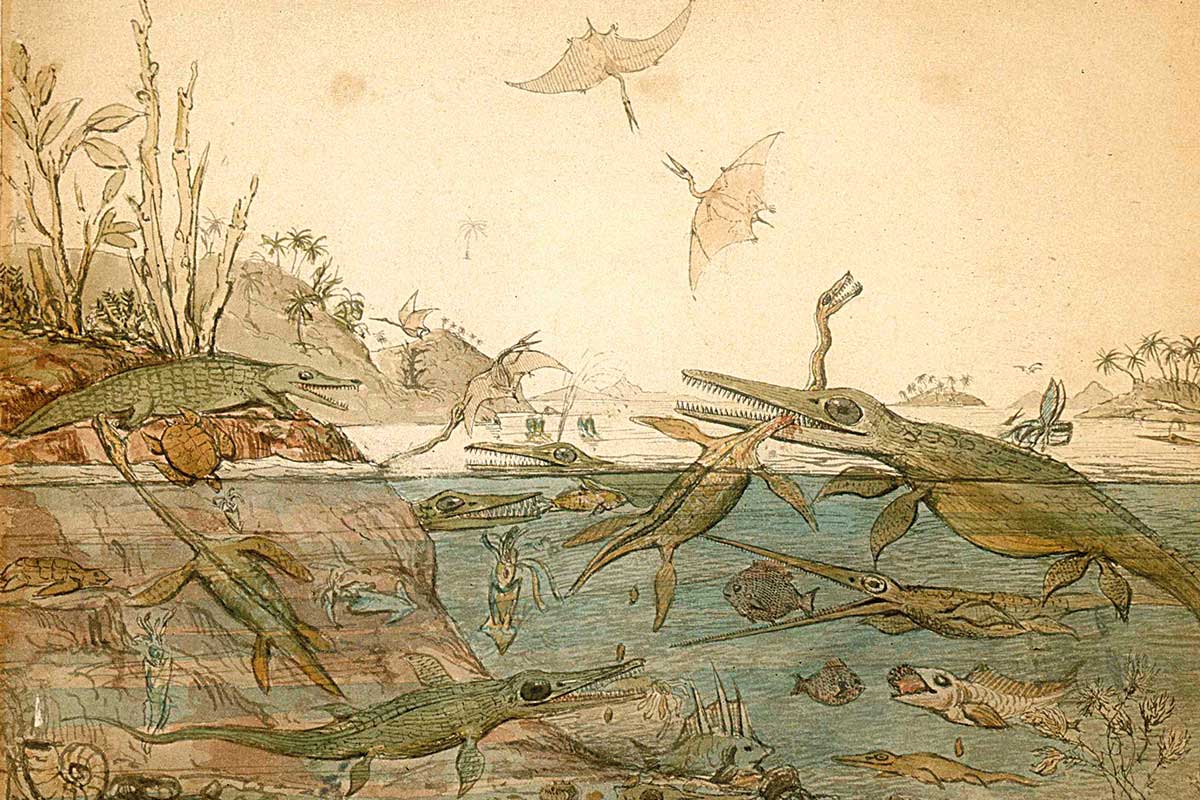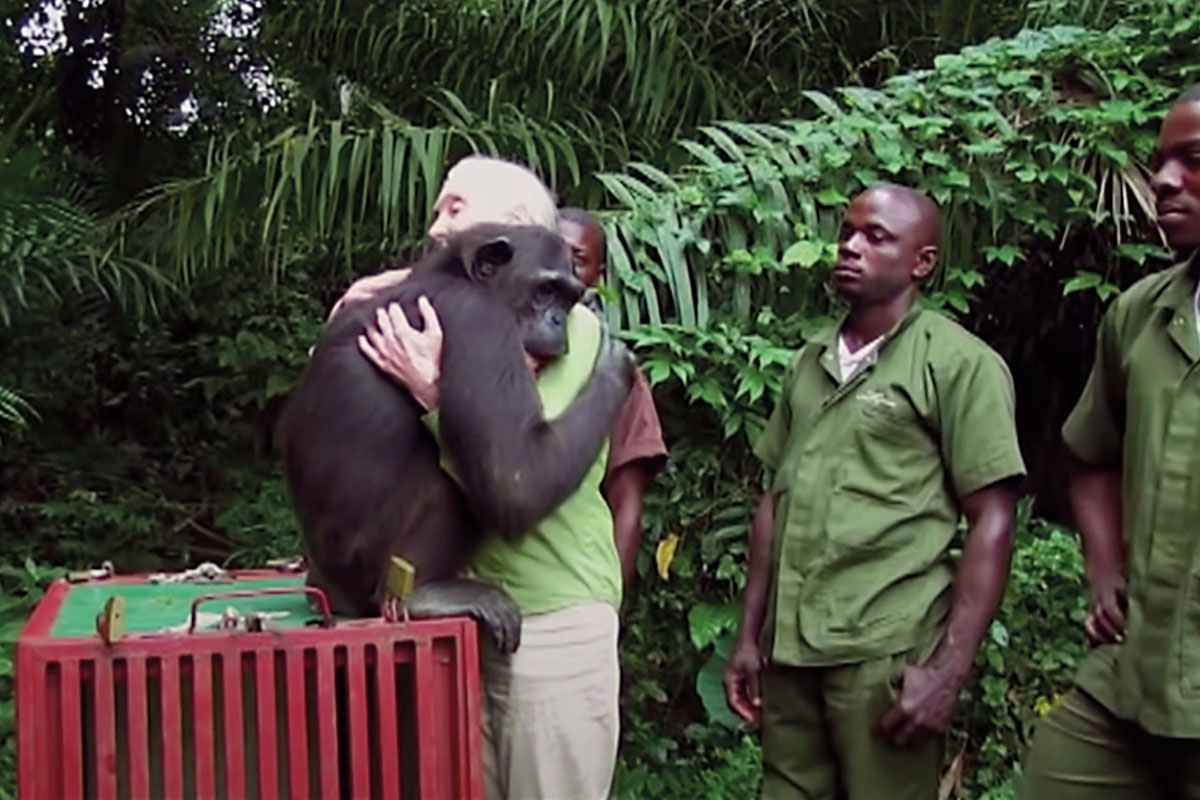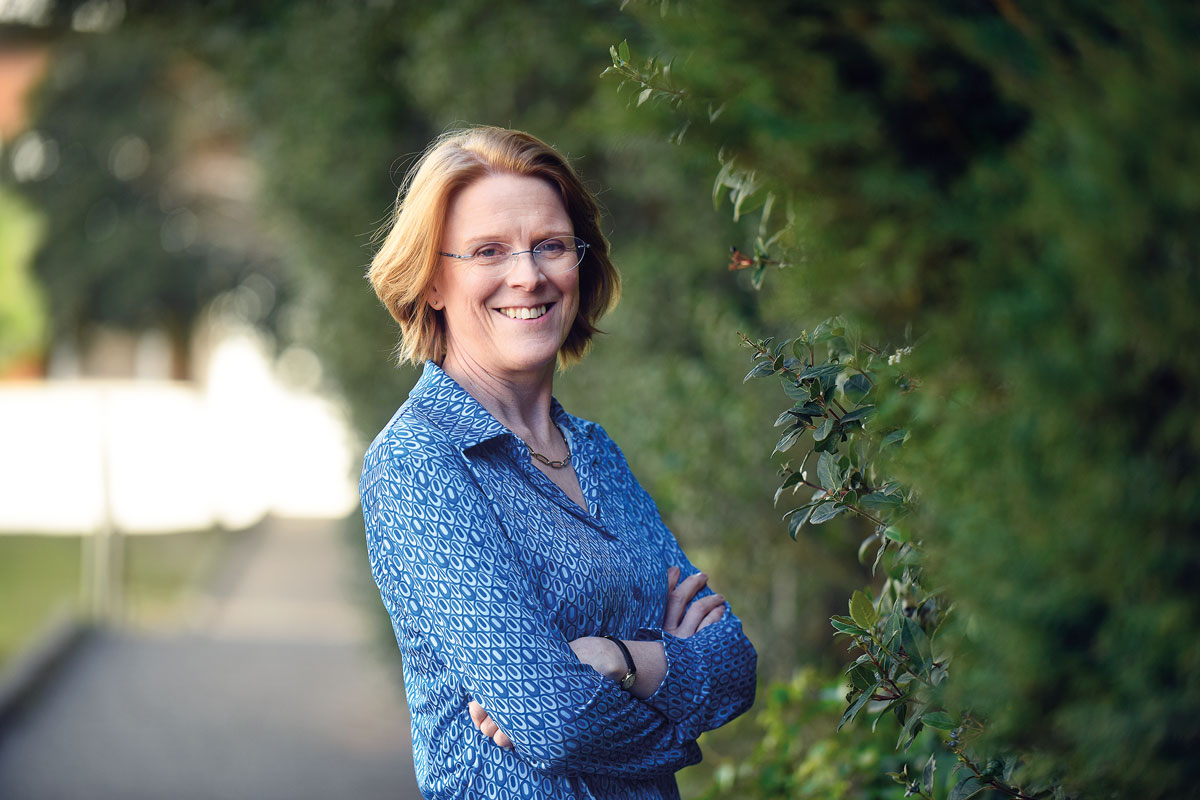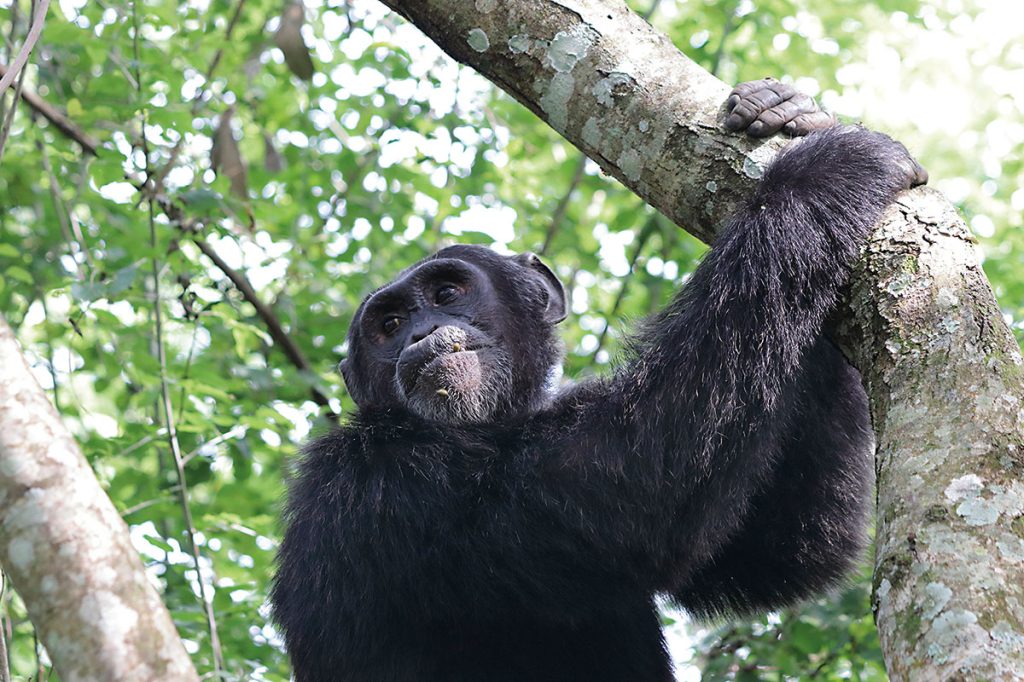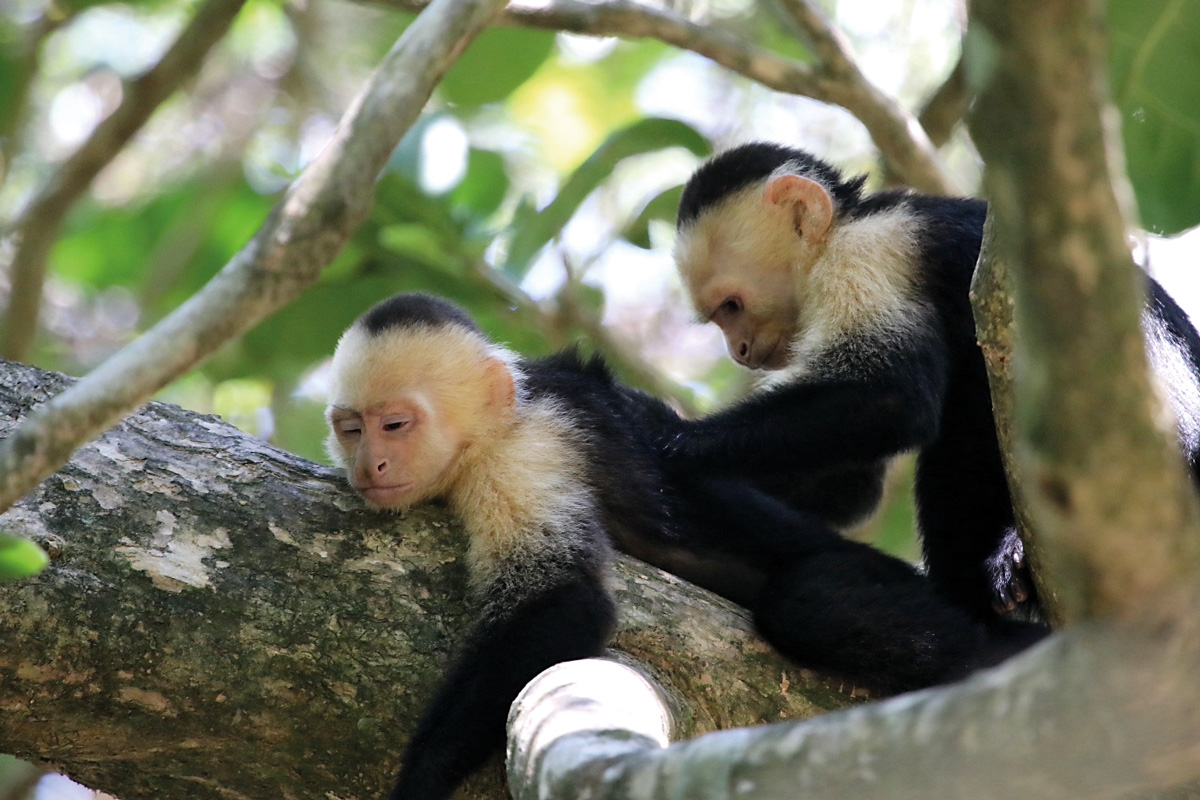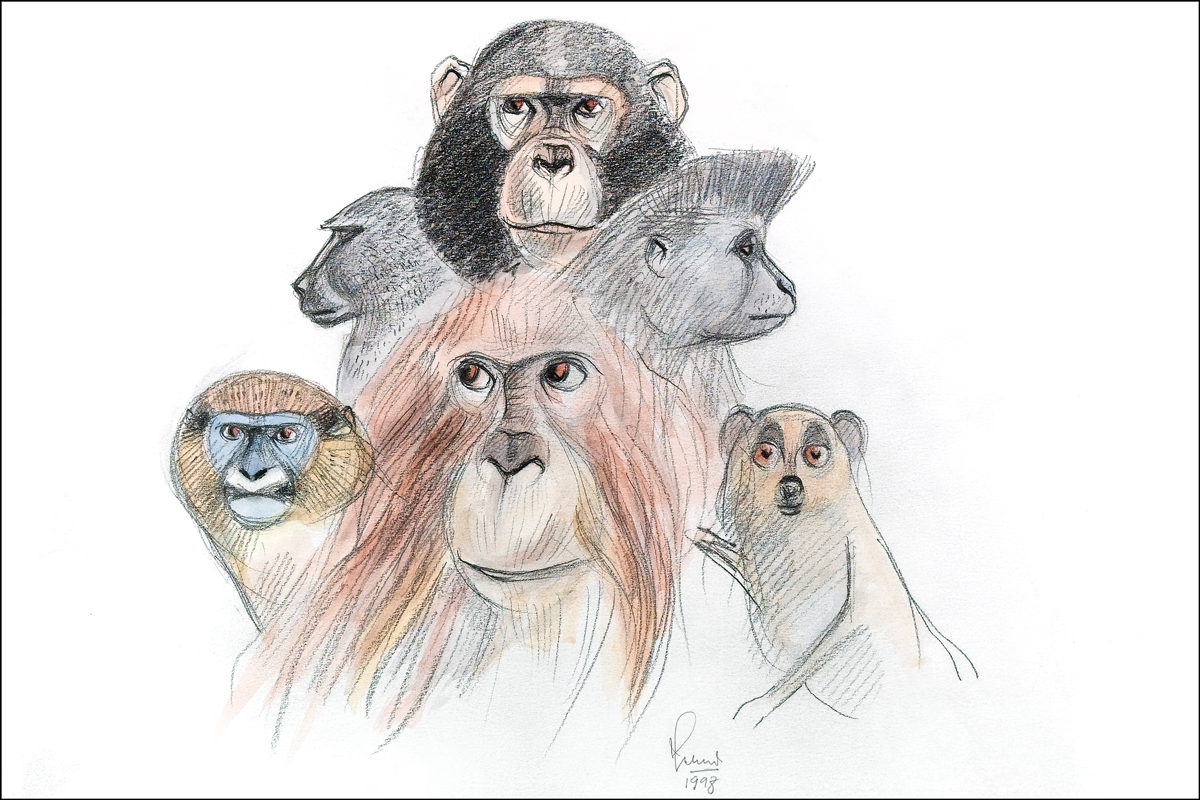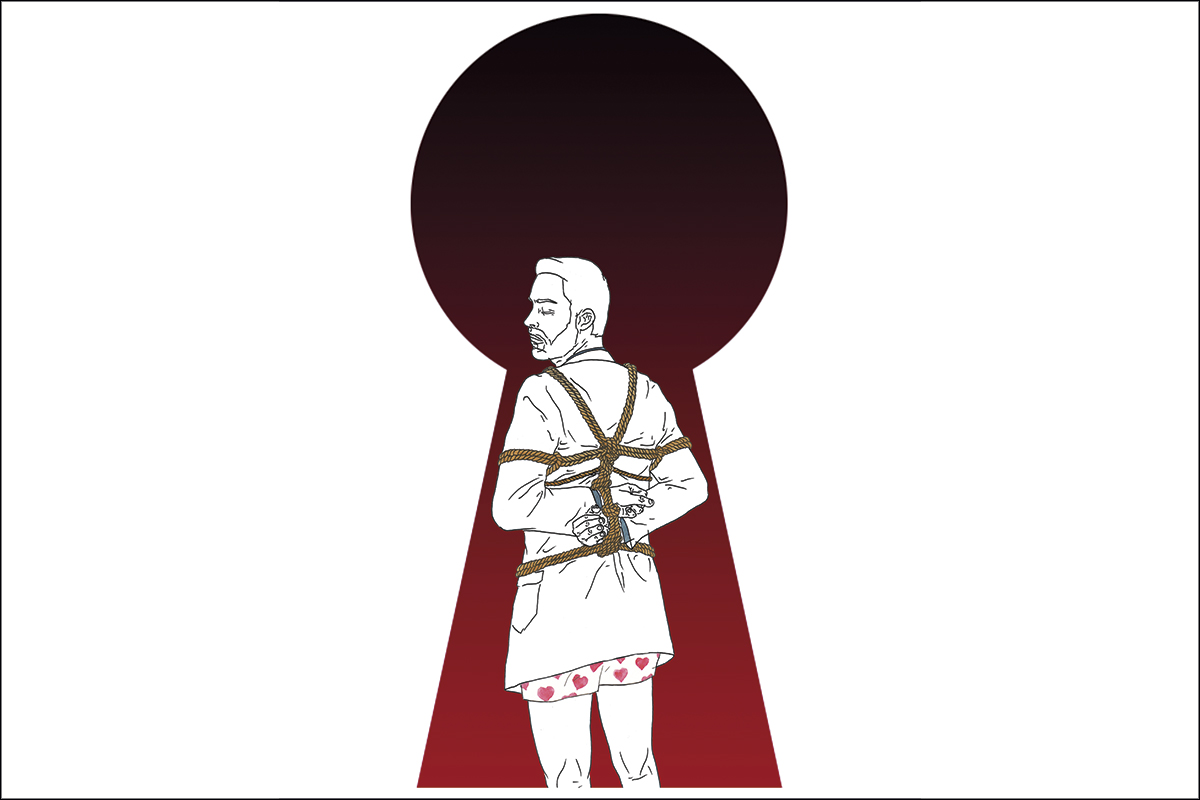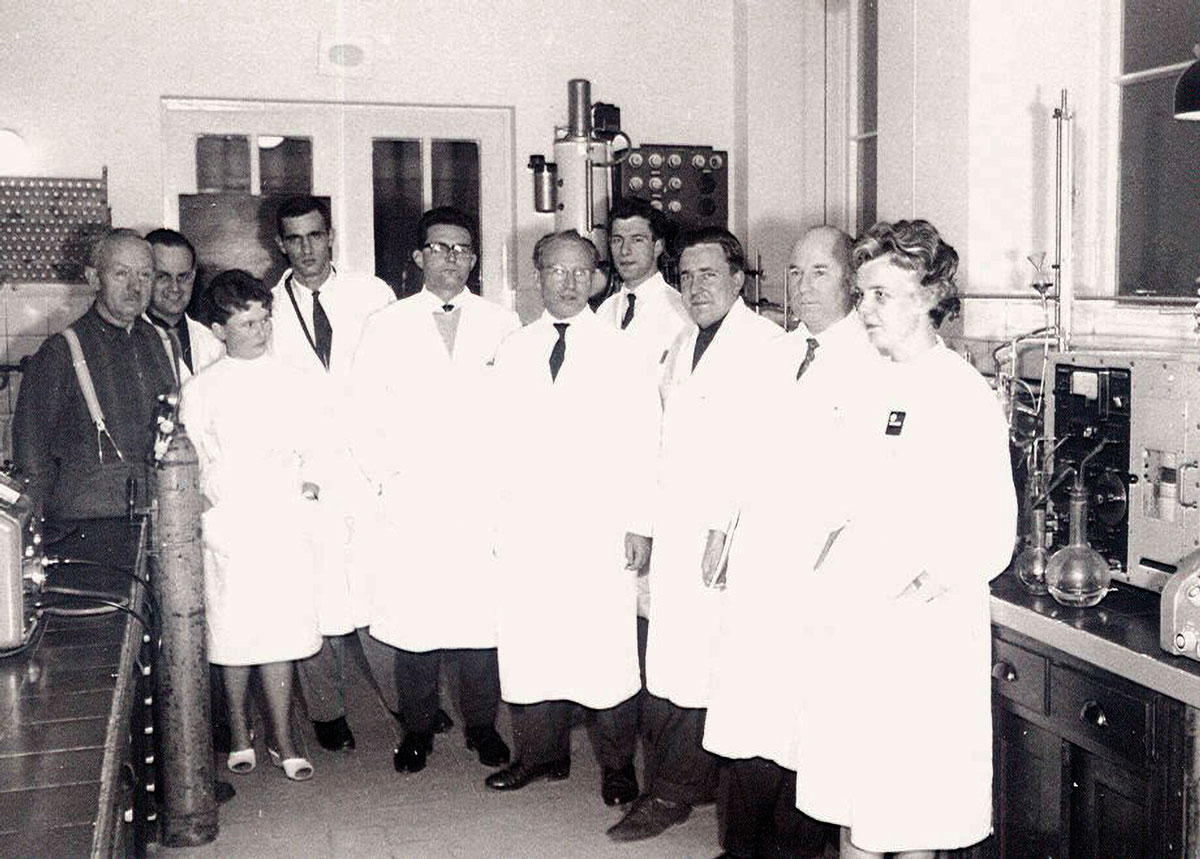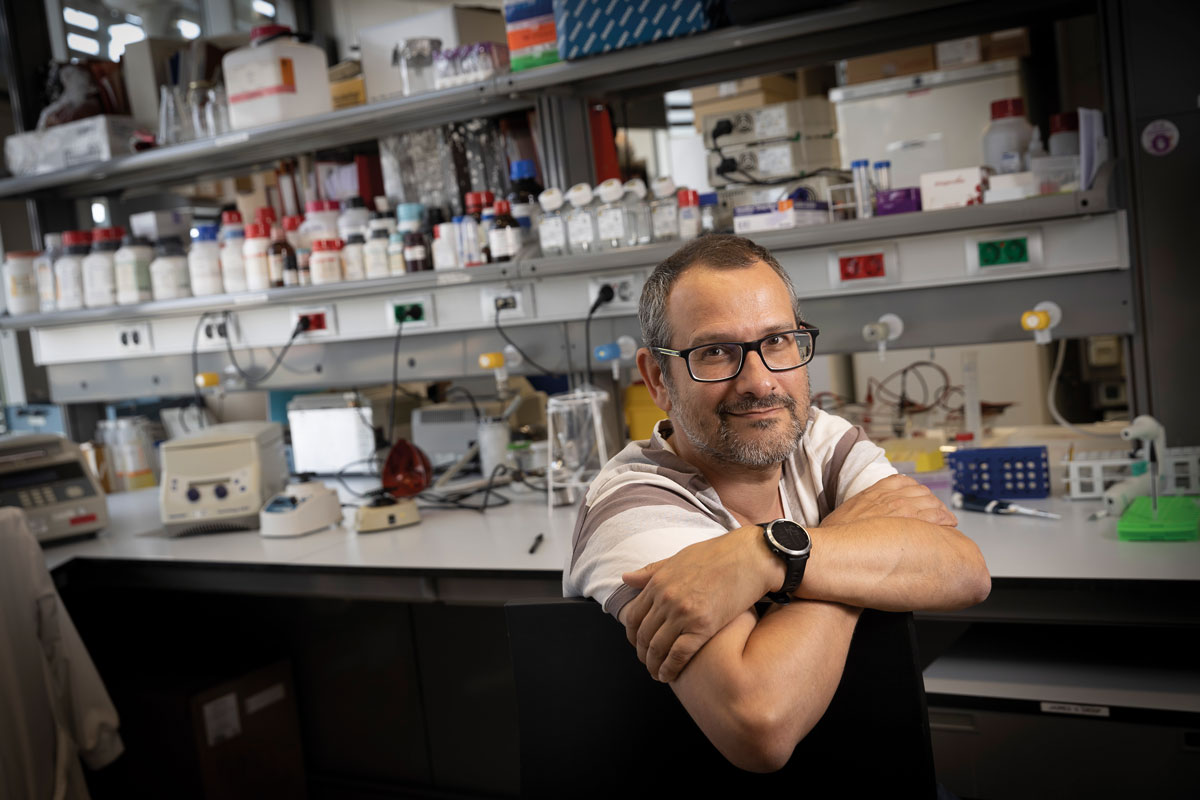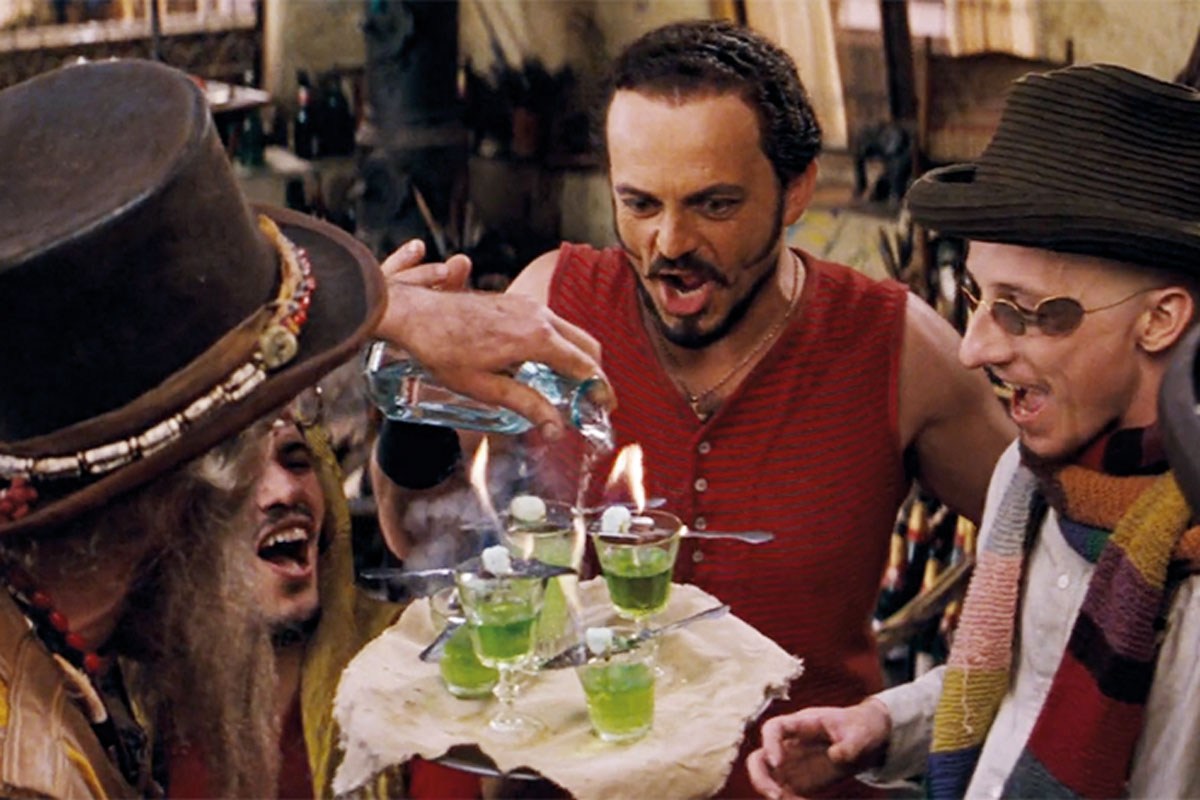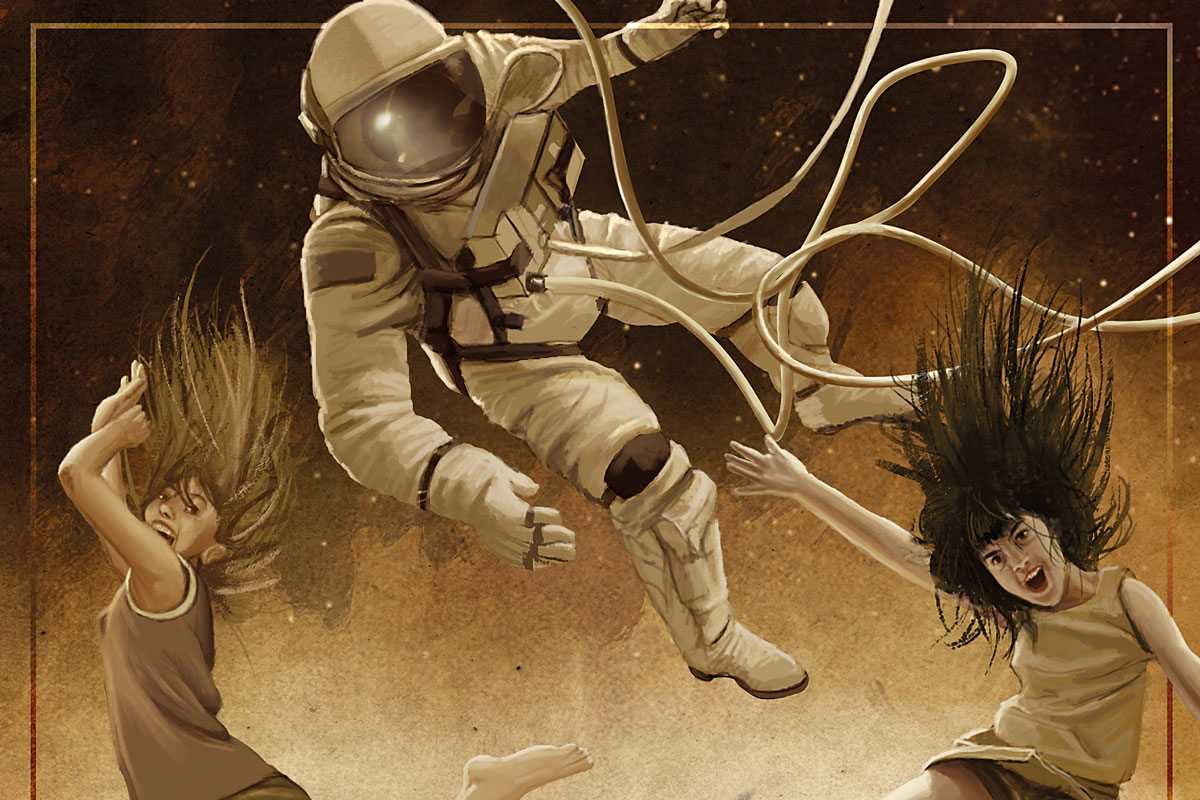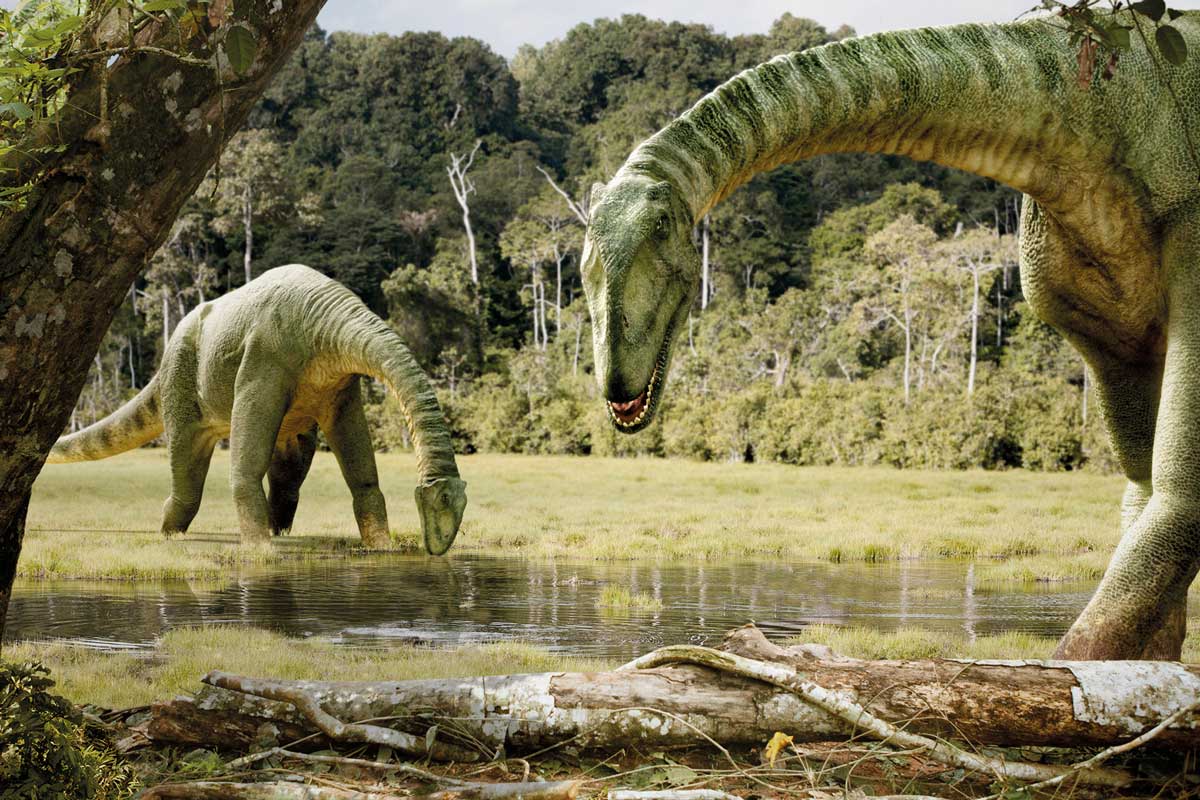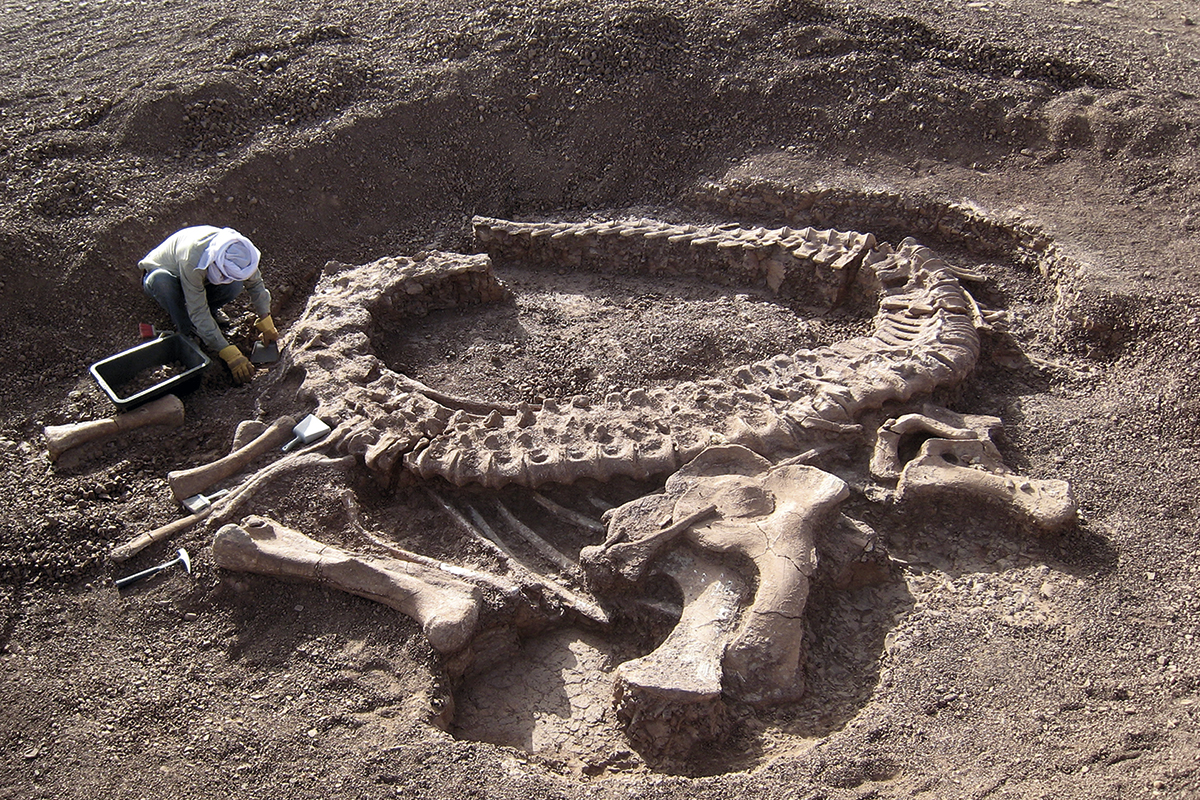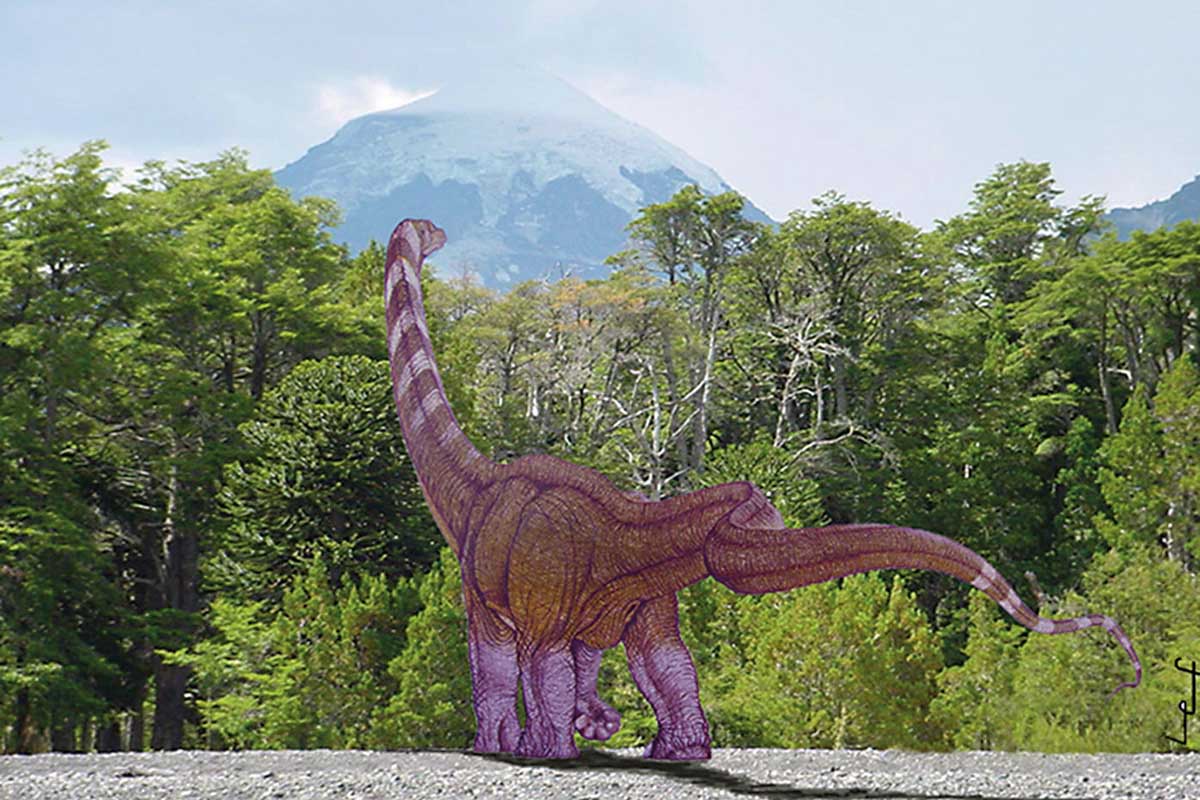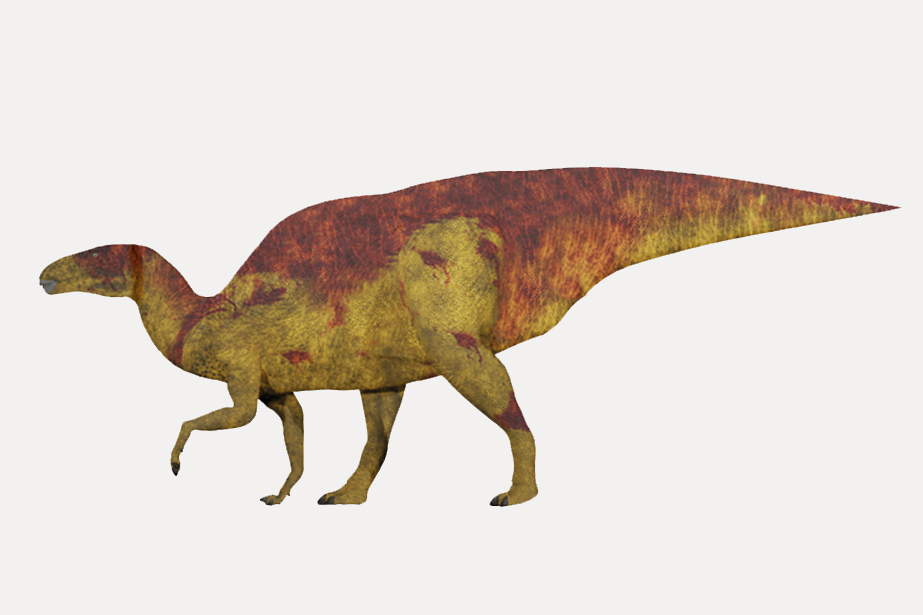Search
Today, citizens interested in science have many ways to access it, from the classic formats of books and journals, to television and radio programmes, to social networks and other internet platforms.
Eleven authors published an article in the prestigious medical journal The Lancet suggesting an apparent link between the MMR vaccine and the onset of autism. This news bomb led to the Wakefield scandal.
Sometimes the merits of some of the films that have won Best Picture at the Oscars are not easy to understand, as happened to the author in 2022 with Everything everywhere all at once.
Christianity has produced stories that have served as a reference point for scientific research for centuries. Two of these examples are analysed here, the story of Creation and the story of Noah's Ark.
This monograph provides new points of view on the role of stories in shaping scientific thought, and on the way in which this resource communicates science.
Loeske Kruuk's studies have promoted the analysis of quantitative genetics in natural populations and its use to test the foundations of evolutionary theory.
The violent crimes committed by ordinary people are, in most cases, the result of the so-called affective aggression.
In this review of the film Oppenheimer, PhD in Law Clara Portela criticises the victimising vision of Robert Oppenheimer in Christopher Nolan's biopic, released in July 2023.
What are the hunting roles in chimpanzees? The available evidence suggests that they are capable of coordination between individuals, but it is unclear whether they can also share a common strategy.
Primates usually live in groups. Sociality provides primates with benefits like support and learning opportunities that ultimately increase their fitness.
The order Primates includes more than three hundred species, among which are us, human beings. Perhaps that is why we are so fascinated by their study.
Jerónimo Muñoz, a 16th-century Valencian astronomer, made important observations of the supernova that exploded in 1572, as well as eclipses, stars, and extremely precise maps.
For the author, the study of sex is much broader and more interesting than we imagine, from the endocrine and physiological side, but also from psychology and sociology.
Frederick Leung, Professor of Mathematics Education at the University of Hong Kong, investigates how socio-cultural circumstances affect mathematical ability.
Dr. Hans Beutelspacher toyed with monstrous behaviour during World War II, before returning just as effortlessly to his «human» and even benevolent state, later developing a prominent career in the field of soil biochemistry.
«Every species that dies out is a lost opportunity to learn more about ourselves»
Interview with Tomàs Marquès Bonet
Tomàs Marquès Bonet is a biologist and directs the Comparative Genomics Group at the Institute of Evolutionary Biology (CSIC-UPF), mainly dedicated to analysing and comparing the genome of primates in order to try to better understand the human genome.
Absinthe is a distillate of different herbs, most notably Artemisia absinthium (wormwood), which contains several highly toxic molecules and some with hallucinogenic effects.
The discovery of the double helix was the work of four people, and Rosalind Franklin's contribution is on a par with that of Wilkins, Watson, and Crick.
Dare to take on the new challenge proposed by Chantal Ferrer for «Free fall», related to gravity and our perception of weight.
Eye contact can be used to establish and strengthen emotional bonds, but depending on the socio-cultural context, looking directly into another person's eyes can be very intimidating.
Spain is representative for the use of dinosaurs as a tool for territorial development in rural areas, which promotes the presence of specialists, museums, geoparks, etc.
Over the past 20 years, the study of fossils using 3D visualisation techniques, better known as virtual palaeontology, has revolutionised the study of organisms from the past
Which was the most giant titanosaurid sauropod from Argentina? Argentinosaurus has been proposed as the largest titanosaurid, but recently a new king has been erected: the Patagotitan.
The Maestrat Basin is a favourable area for the discovery of dinosaur fossils. The findings in this area provide valuable information to understand the evolution of hadrosauriforms.
